Unsafe electrical panels are a frequent topic for discussion in this industry. Underwriters laboratories (UL), the company in charge of testing and listing products to ensure the products are up to safety standards, approved some panels at the time of testing but these panels then proved faulty. During the sale of a home, a home inspector or insurance company will often point out that there are one of the “unsafe electrical panels”. They may require the replacement of the electrical panel before a policy is written or mortgage issued. The big names that come up are Federal Pacific, Zinsco, and Pushmatic. I’m here as someone that deals with this on a daily basis professionally and I want to share my knowledge and wisdom with you. Let’s dig in.
Federal Pacific Electrical Panels (FPE)
First up are the Federal Pacific Electrical Panels (FPE for short). The short version of the story is that Federal Pacific electrical panels produced between the 1950’s-1980’s definitely caused house fires. They are the poster child for unsafe electrical panels. Test data was falsified and the breakers were not tripping from overload. FPE panel installations began around 1954 and ended in the 1980’s. You’ll notice some overlap here of the years when inferior aluminum wiring was used. This surely did not help reduce the amount of electric house fires. There are plenty of sites (usually electricians websites maintained by an SEO person) with information on the FPE panels. Where did the information come from? Did all of those electricians deal with Federal Pacific panels that went on fire? Did these folks even read the recalls issued? No, they did none of these things, read on for the facts.
The Real Federal Pacific Facts
As I try to be a man of science, I highly recommend reading the primary source of this information. Earlier I wrote that these panels definitely caused house fires, something I do not get to write often. The best, most in depth study by far is by the highly qualified Jesse Aronstein. I profoundly recommend anyone looking for more information about anything related to the FPE debacle in its entirety to head over to fpe-info.org. Click on the “Hazardous FPE Circuit Breakers and Panels” PDF Dr. Aronstein has available for free. The report is fantastic and is very literally the source that anyone talking about FPE panels and their failures on the entire internet is obtaining their information from whether they cite it or not.
If you have a Federal pacific panel or are looking at purchasing a home that has one, you need to replace it. I see lots of panels in my line of work as a master electrician and its genuinely alarming how many of these defect Federal Pacific panels are still in use today.
A federal pacific panel is easy to identify with its red handled breakers. You’ll also see the word “Stab-Lok.” The breakers on Federal Pacific electrical panels also face outwards when in the ON position and inwards when in the OFF position. Most modern panels today are opposite. Here are some pictures of a Federal Pacific panel we removed from a home:
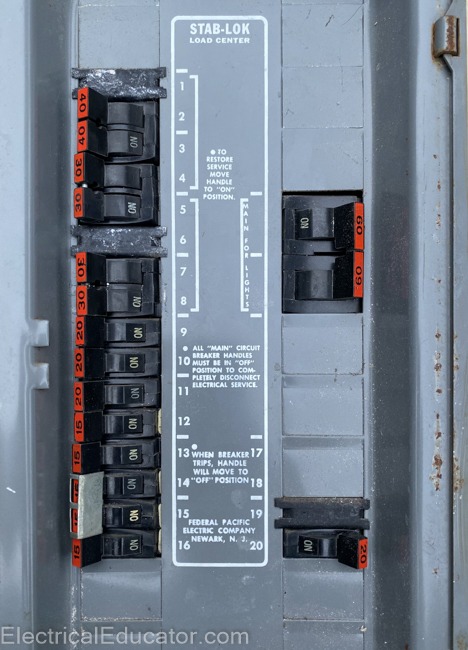

Zinsco Electrical Panel
Next up we have the Zinsco brand panels. These are less common than the FPE panels but nonetheless still are problematic and considered among the unsafe electrical panels. A design flaw combined with inferior aluminum components of the time led to many house fires and malfunctions. These are not as popular as the Federal Pacific panels mentioned above but if you have one in your home, call an electrician to replace it. I recently replaced one of these for a customer and am happy to have been able to update this article after nearly 2 years!
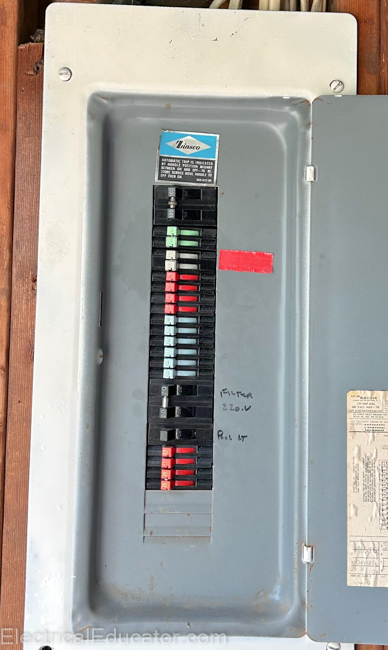
Pushmatic Electrical Panels
The last panel referenced frequently by home inspectors and insurance companies is the Pushmatic. I put this here because they often get lumped together with FPE and Zinsco in the unsafe electrical panels category. The truth is that Pushmatic panels are not necessarily unsafe. In fact you can still buy new breakers for them. The problem lies in when the Pushmatic breakers malfunction. I have seen countless times over the years when the breakers internally malfunction and can not be reset. When this happens with the main breaker, the customer is left without electricity until an electrician can replace the panel. Be proactive and save stress and the price of an emergency panel change!
At the time of writing this, a common Eaton/Murray/Siemens 20A breaker costs $7.21 at wholesale costs. That same breaker for a Pushmatic electrical panel is $27.50, nearly 4X the cost! Forget about getting a GFCI or AFCI breaker for Pushmatic panels. Bottom line: If you don’t plan on doing any upgrades to your home feel free to leave the panel for now but bear in mind the main breaker failure issue. If you want to add new circuits, especially something large like a spa, range, pool, etc., I recommend budgeting to replace the electrical panel because you will have to.
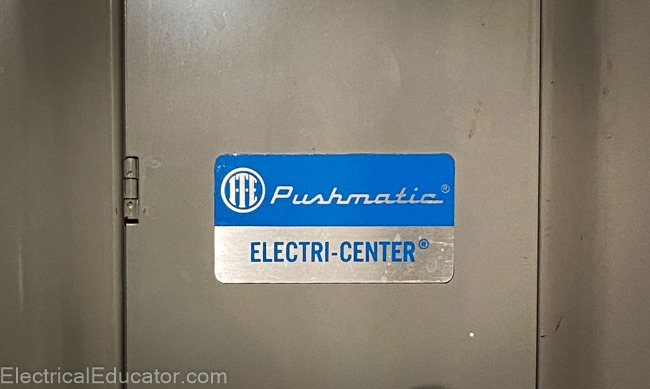

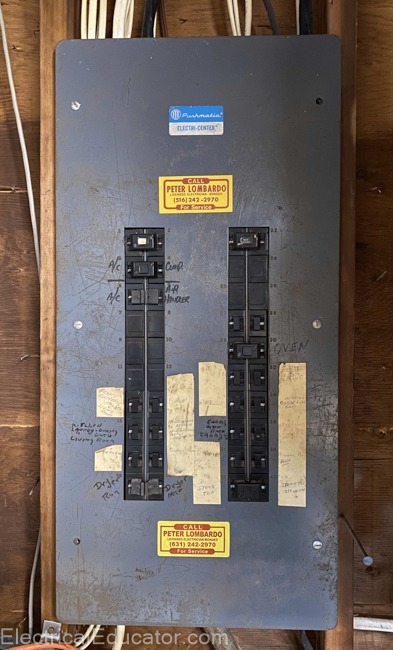
Conclusion
So there you have it, the most common “unsafe” electrical panels explained by yours truly. I wrote this solely for the dissemination of actual, factual, first hand knowledge that I find hard to come by these days. If there is something I may have omitted or if any part of what I wrote above needs more clarification or amendment please do not hesitate to contact me. My biggest goal with any article I post here is that it is as accurate and current as possible.
I would like to thank Jesse Aronstein and my friends at N&S Electrical Supply for taking the time to talk to me and provide me with some of the puzzle pieces I needed to complete this article. If you need a licensed electrician in your area please visit the National Electrical Registry or contact me via the contact form on this site. Thank you for reading.
The most common unsafe electrical panel is the Federal Pacific. It can be identified by the red handled breakers and the verbiage “Stab-Lok”

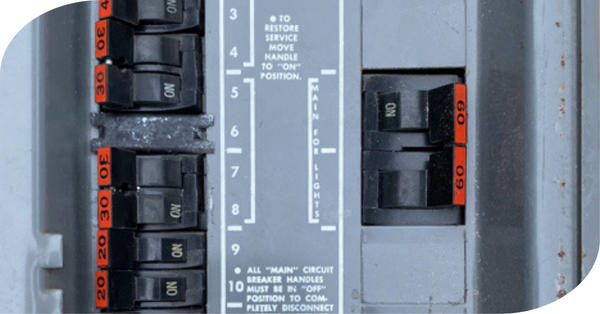
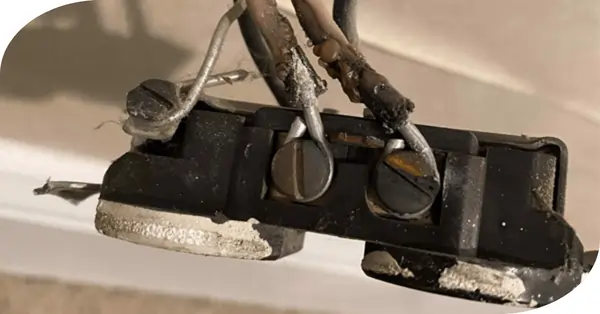
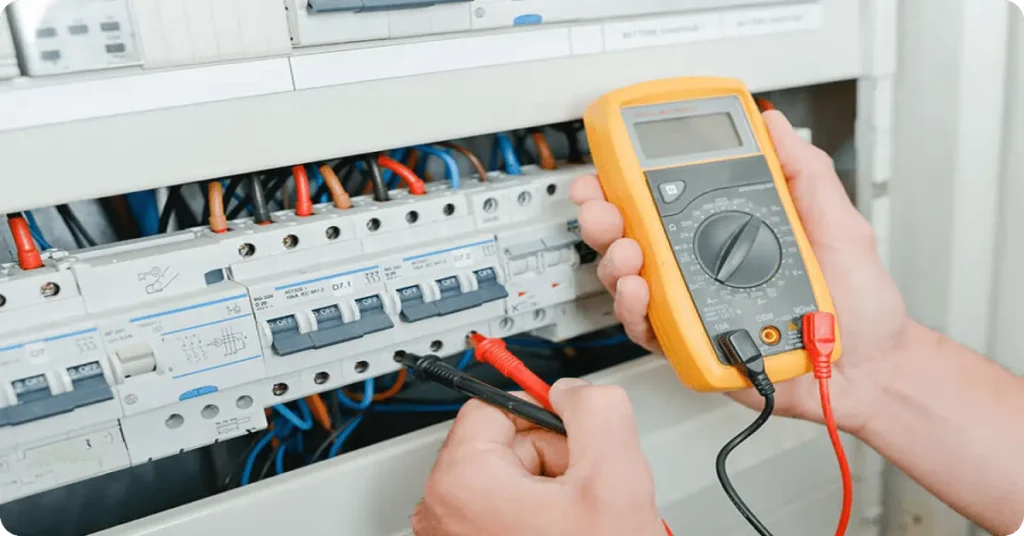
Pingback: What Causes Pinhole Leak in Copper Pipe? - Electrical Educator
Pingback: New Electrical Panel Vs. New Circuit Installation -